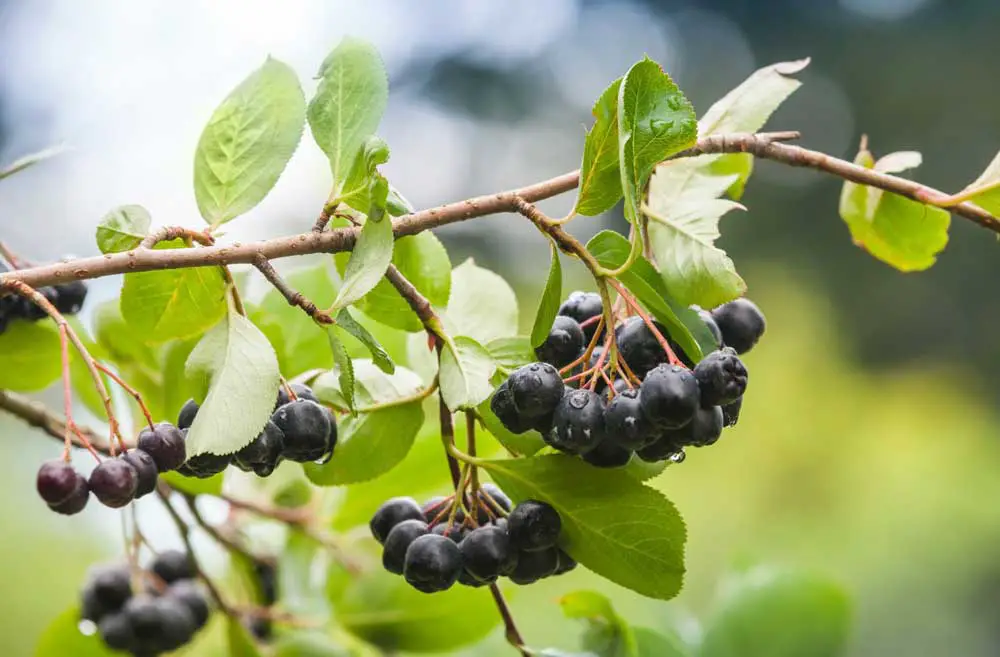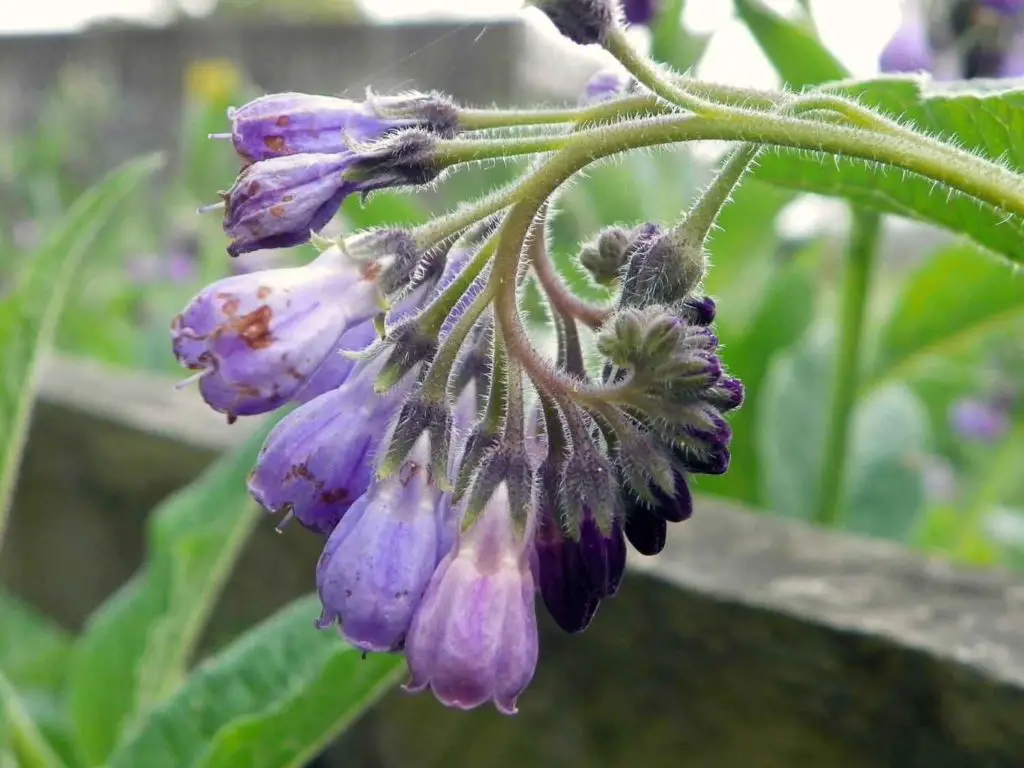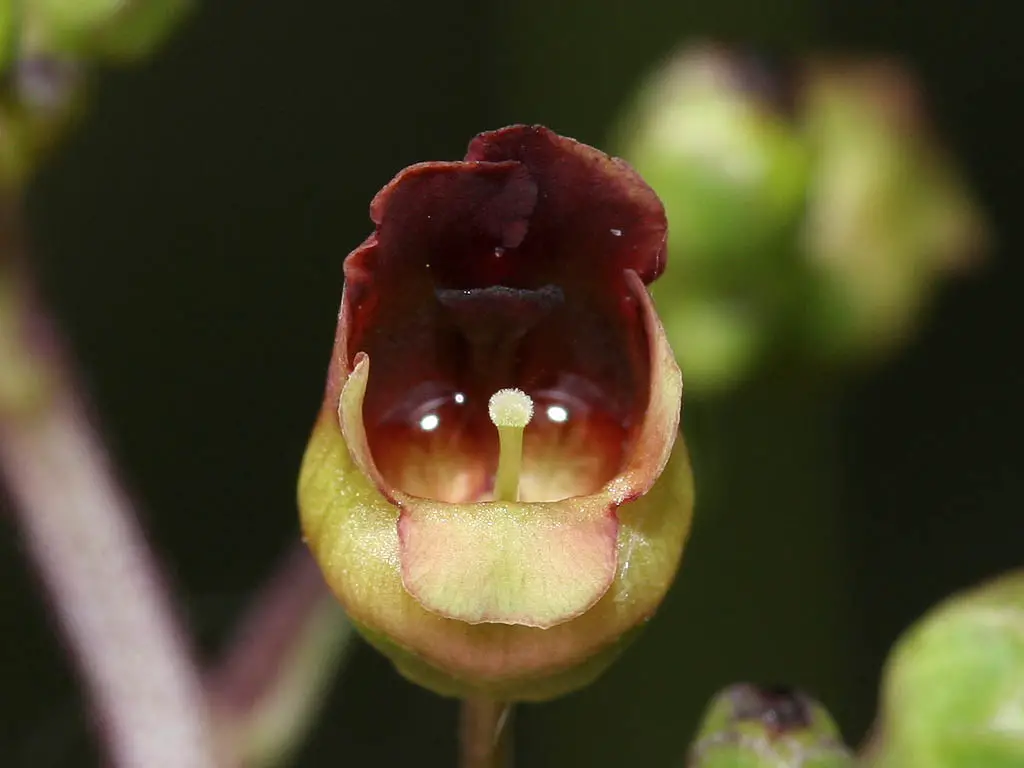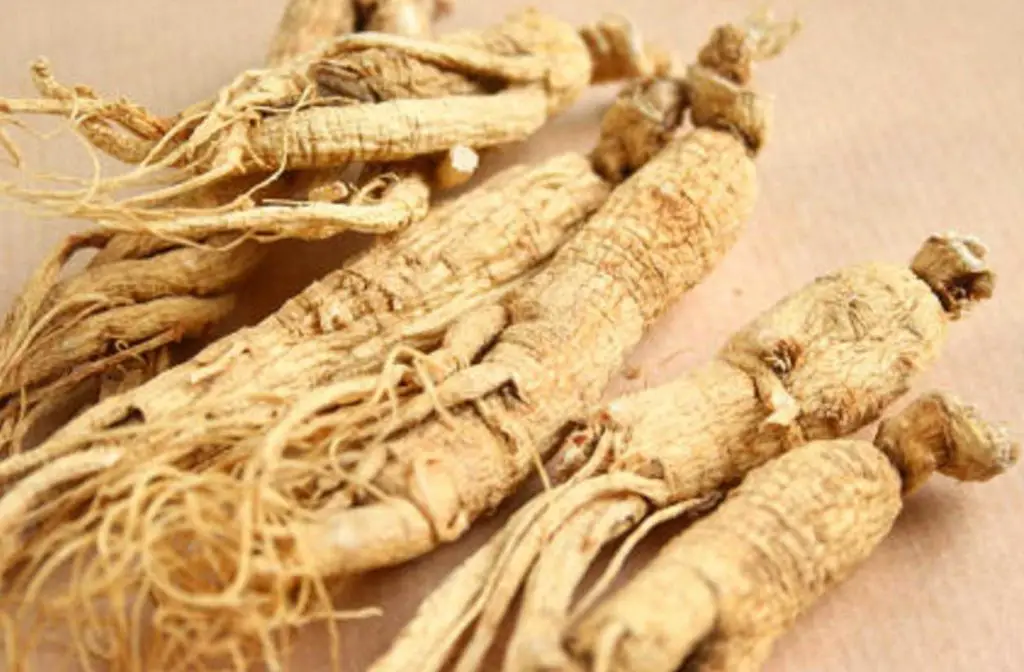What is Maqui Berry?
Maqui Berry, also known as Aristotelia chilensis, Chilean wineberry, or Chilean blackberry, is native to the ecologically unique and ancient temperate rainforest on the coast of southern Chile, extending slightly into Patagonian Argentina. It is an evergreen, dioecious (separate male and female plants), thin-trunked tree of 4-5 meters (13-16 feet) in height, growing at elevations up to 2,500 m (8,200 ft.). The berry is found only on the female plant. Small, white flowers bloom from September to December. The berries are harvested between December and March, depending on latitude. It is among the first species to repopulate burned or deforested areas.

The Maqui berries, approximately 4-5 mm in diameter, are richly colored, ranging from dark red to deep purple. The taste is noted as pleasant, sweet, and dry (somewhat compared to the taste of elder, Sambucus nigra). The rich color is attributed to anthocyanins, a powerful antioxidant. The fruit’s pigments are sometimes used to improve the color of red wines and as organic food colorants.
The Maqui berry has the highest antioxidant content of any known fruit, with an ORAC value seven times stronger than acai. An analysis of a commercial Maqui extract showed a total ORAC greater than 26,000. It has been hypothesized that the extreme southern latitude of this plant exposes it to increased solar radiation, thus stimulating the evolution of strong antioxidant and protective secondary metabolites, we now use as medicine. Maqui fruit, when frozen, maintains its anthocyanin content and actually shows an increase in polyphenols. The highest antioxidant concentration is found in the flesh of the fruit; ORAC values of the seeds are similar to other regionally native superfruits. Both the berry and the leaf have medicinal constituents.
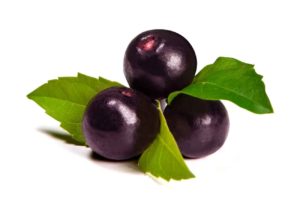
The Maqui tree is sacred to the indigenous Mapuche Indians, who consider the plant a symbol of goodwill and peaceful intention. Historically, the Mapuche created both fresh and fermented Maqui beverages that their warriors drank daily to instill strength and stamina. Notably, unlike most other tribes of the American continents, the Mapuche successfully and repeatedly defended their society from European conquest. Spanish Conquistadores noted that the Mapuche ate little solid food, but drank the Maqui beverages (called “chicha”), suggesting that their remarkable presence in battle was attributable to their unique diet. Maqui berry is a food product for some modern Chileans, who consume it fresh or dehydrated, or in the form of liquors, teas, juices, and jams.
As an external medicine, the Mapuche used the dried leaves and berries for healing infected wounds and for scarring injuries. Poultices of the leaves were used for anti-tumor, analgesic, and anti-pyretic properties. Internally, water infusions of the leaves and berries were used for antidiarrheal, digestive and intestinal uses, kidney pains, and as an anti-inflammatory. A gargle of the leaf infusion was used for ulcers of the mouth and throat, as well as for tonsillitis.
Maqui Berry Benefits and Uses
Traditionally, the health benefits of Maqui leaves and berries were based on minimally processed preparations (berry, leaf, or both), which include many active plant secondary metabolites. The vast majority of clinical studies to date have been focused on pure, isolated compounds from the Maqui berry or leaf. The plant contains hundreds of compounds that likely work in synergy with, not in isolation from, one another. Modern biomedical studies on Maqui have for the most part not imitated this level of complexity. Studies are lacking in regard to the use of traditional preparations (drinks, liquors, food-based preparations) and how these traditional preparations affect health outcomes. That being said, studies showing the medicinal effect of an isolated Maqui constituent should be taken as a promising step forward in understanding the benefits of this plant.
Mineral Content
Maqui berries demonstrate a high level of mineral content, when compared to other fruits found in temperate or tropical regions. One hundred (100) grams of fresh berries contain 27% RDA (recommended daily allowance) for calcium; 28% RDA for potassium; and 70% RDA for iron.
Antioxidant effects
The strong antioxidant capacity of Maqui lends itself to a variety of health benefits. In general, reducing cellular oxidative damage may provide protection against cancer, neurodegenerative diseases, inflammation, and cardiovascular disease.
Anti-Cancer
A study on colon cancer cells using the juice of the Maqui Berry showed a reduced expression of COX-2 (an enzyme responsible for inflammation and pain). This study, in conjunction with studies on other COX-2 inhibitors, indicates potential preventative and anti-cancer effects.

Respiratory effects
H2O2-E (hydrogen peroxide) is an oxidative and immune biomarker found in the expired breath of those with lung conditions and airway inflammation, including acute respiratory distress syndrome, chronic obstructive pulmonary disease (COPD), and asthma. IL-6 (the pro-inflammatory cytokine interleukin) is another biomarker in exhaled breath that indicates inflamed airways.
Two (2) grams of polyphenol-rich maqui berry extract (Native of Life brand, it is unclear whether this was the same freeze-dried product on their website) were ingested 2 times a day for two weeks by moderate cigarette smokers. Results suggested dietary consumption of Maqui Berry increases IL-6 and decreases H2O2 exhalation in smokers. This indicates increased resistance to respiratory infections and a decreased level of oxidative stress in the pulmonary system.
Topical Analgesic
The Mapuche used the leaves of the plant as a poultice applied externally. Modern research has shown that alcohol extracts show strong analgesic and anti-inflammatory effects. According to one study, the pain relieving effect was more pronounced than the maximum effect of naproxen sodium (a.k.a. Aleve).
Eye and Skin Health
Photoreceptor cells isolated from mouse retina were irradiated with visible light. A maqui berry extract significantly inhibited light-induced damage of the photoreceptor cells. In another study, extracts of Maqui Berry administered orally were shown to improve dry eye diseases by restoring and preserving tear secretion capacity. Another study showed that Maqui Berry extract inhibited UVB-induced cell damage, as well as prevented collagen degradation. There are some commercially available Maqui extracts specifically formulated for eye health, for either oral or ocular administration.
Anti-diabetic effects
In an animal study, a hydroalcoholic extract of Maqui Berry administered for three (3) weeks showed significant effect in lowering glucose. The Maqui Berry extract inhibits glucose synthesis in type II diabetic mice by increasing the uptake of sugar into muscle cells for energy production.
Cardiovascular Effects
Atherosclerosis (a thickening of the artery wall) is caused by oxidative stress on LDL cholesterol which leads to inflammation. Maqui’s strong antioxidant constituents were shown to inhibit LDL peroxidation via a methanol extract of the ripe fruit, suggesting a preventative effect on this type of cardiovascular disease.
Neuroprotective Effects
In an animal model of Alzheimer’s disease, a maqui extract was shown to directly interact with the B-amyloid aggregates implicated in Alzheimer’s disease, exerting a protective effect on neurons.

Maqui Berry Side Effects
There are no known side effects to Maqui Berry. I’d also be incredibly surprised if there is any side effects found in the future. It’s a very tolerable naturally occurring super fruit. The only caution I would give in regards to Maqui would be if you are allergic to other berries, I would not try Maqui.
Maqui Berry Dosage Information
Maqui, while it has a strong and deep history of use in native Chilean ethnomedicine, is just starting to be explored with modern scientific analytic methods. As such, information pertaining to dosage, toxicity and undesirable side effects is limited.
In mice studies, there were no organ abnormalities observed at oral administration of 2,000mg/kg for fourteen (14) days. Supplement forms of maqui extract are generally dosed at 25-500mg per day.
Consumption Methods; Finding the Best Maqui Berry
Maqui is most frequently sold in functional food format – freeze-dried loose powder, encapsulation, or as a juice. A tea may be made from the leaves as per Mapuche tradition.
There is not presently an explicitly “preferred” method of ingestion, and not one formulation (sun-dried, freeze dried, water extract, or solvent extract) has yet demonstrated to be the most potent or efficacious overall. Solvent extracts (methane, hexane, etc.) have been used in many of the studies conducted on Maqui. However, these are designed to test one specific effect of one specific compound.
That being said, I would personally choose a dried powder extract, as it will contain a broad array of active constituents and has a strong evidence base in the traditional use. A juice or tea preparation also demonstrates efficacy in traditional use. As is the case with any herbal product, it is best to look for standardized extractions with the guaranteed minimum constituent content listed, though this may be difficult with a limited-production item such as Maqui.
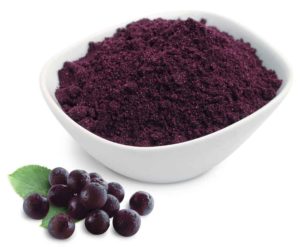
Presently, Maqui Berry in the market is exclusively wild-crafted (picked from the wild and not cultivated by hand). This presents two challenges. First, this supply model presents obvious challenges as demand for the plant grows on the worldwide commercial stage. As such, sustainable harvesting techniques are very important.
Second, wild-crafted Maqui contains varying levels of active constituents, dependent on weather, soil conditions, harvesting time, and other factors. Therefore, standardization of Maqui is very challenging.
There is an organized movement in place to catalog and maintain genetic diversity and work to develop cultivation methods that ensure the high level of medicinal constituents found in the wild-crafted supply. Maqui berry is an excellent example of a ‘hidden gem’, a powerful native-sourced plant on the cusp of a wider commercial debut; it is particularly important to recognize and protect the availability of this unique medicinal plant. When choosing a Maqui supplement, choose one that is sustain-ably wild-crafted. When cultivation of Maqui becomes standard, choose products made from cultivated plants.
References:
https://www.researchgate.net/publication/286942821_Effects_of_aristotelia_chilensis_berry_juice_on_cyclooxygenase_2_expression_NF-kB_NFAT_ERK12_and_PI3KAkt_activation_in_colon_cancer_cells
http://www.omicsonline.org/open-access/aristotelia-chilensis-a-possible-nutraceutical-or-functional-food-2161-0444-1000289.pdf
http://www.oryza.co.jp/html/english/pdf/Maqui%20berry_e%20Ver.1.0FFTK.pdf
https://www.researchgate.net/profile/Armando_Zarrelli/publication/291136460_Bioactive_Compounds_of_Aristotelia_chilensis_Stuntz_and_Their_Pharmacological_Effects/links/5717549208ae2679a8c6e080.pdf
http://www.scielo.br/scielo.php?script=sci_arttext&pid=S1516-31802000000400004
https://www.researchgate.net/profile/Carlos_L_Cespedes/publication/50285555_Anti-inflammatory_Antioedema_and_Gastroprotective_Activities_of_Aristotelia_chilensis_Extracts_Part_2/links/09499fccc47e5c00a8b819a6.pdf
http://www.academia.edu/5653689/A_Chilensis_Food_Chem_2008
http://www.darcynat.com/wp-content/uploads/2012/10/Maqui-Select-Technical-Report.pdf.pdf

